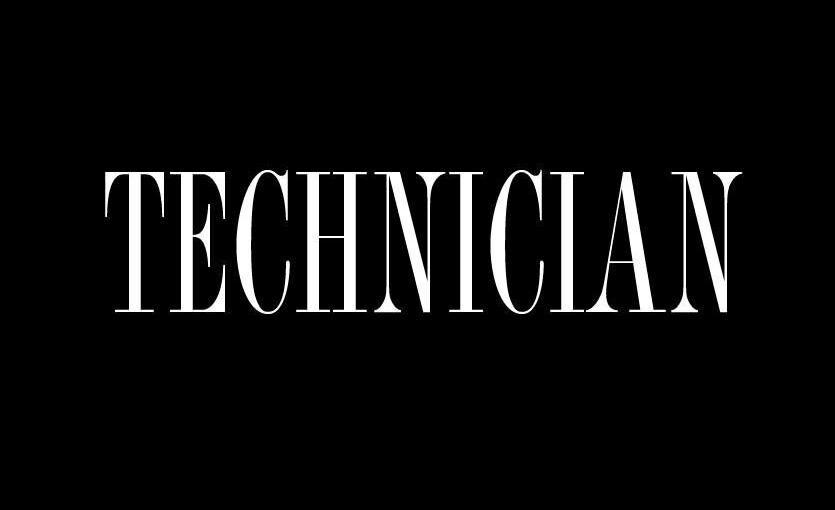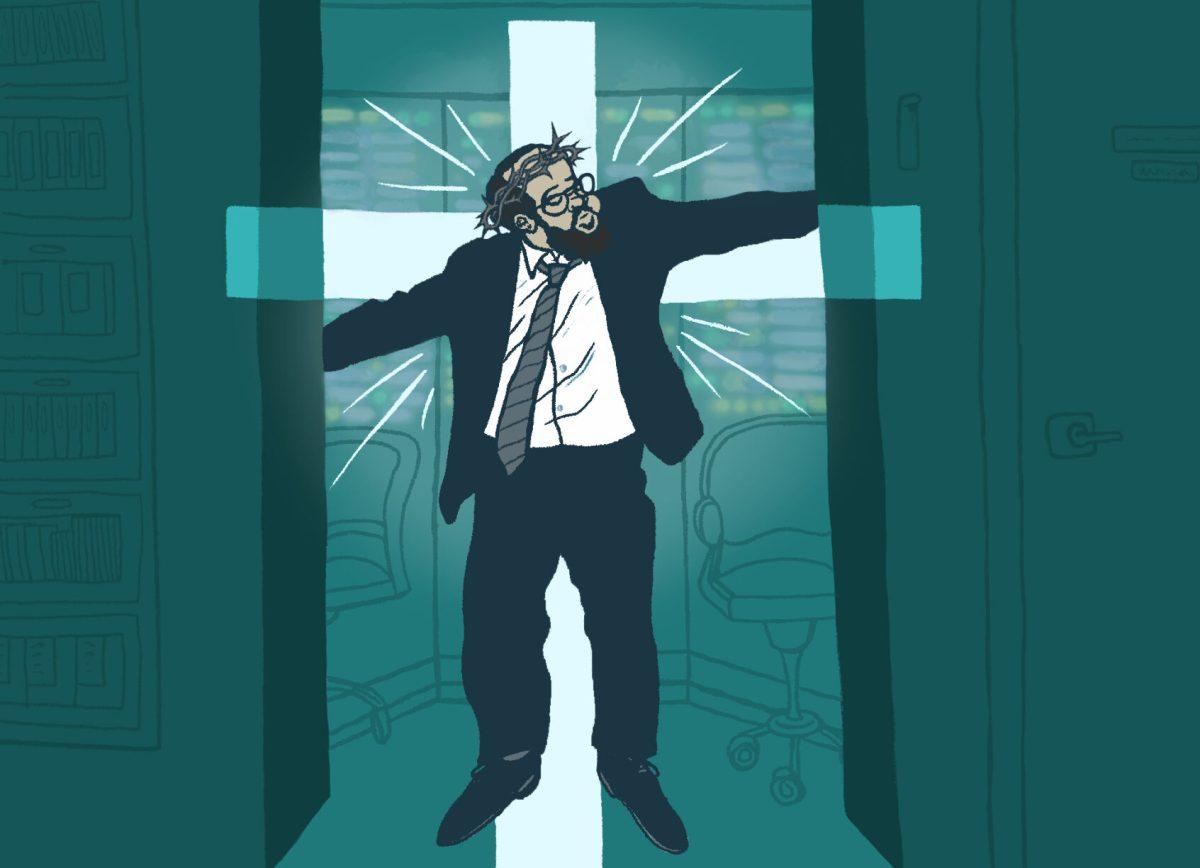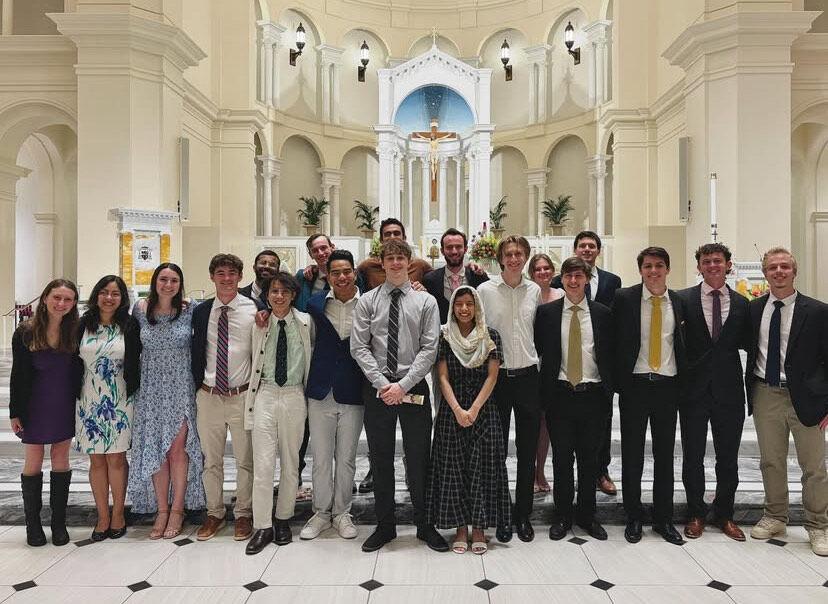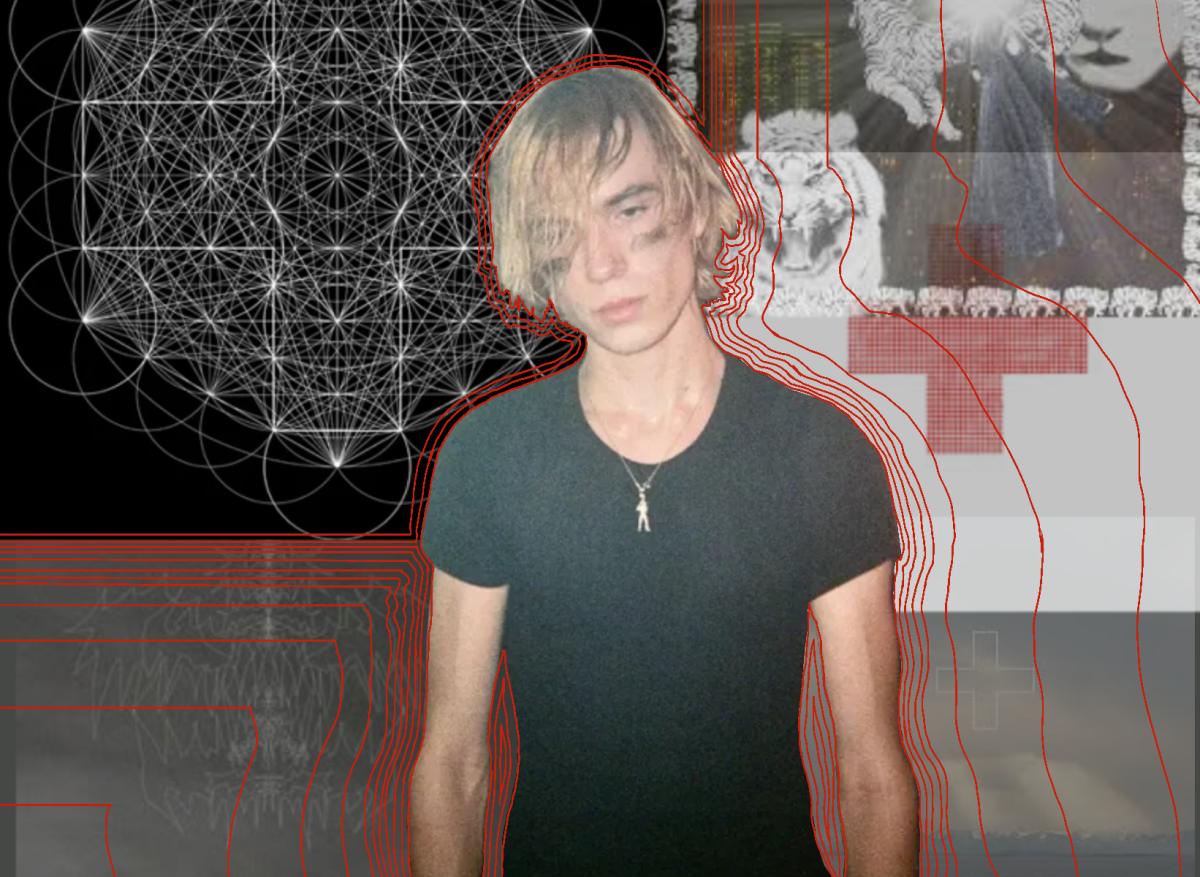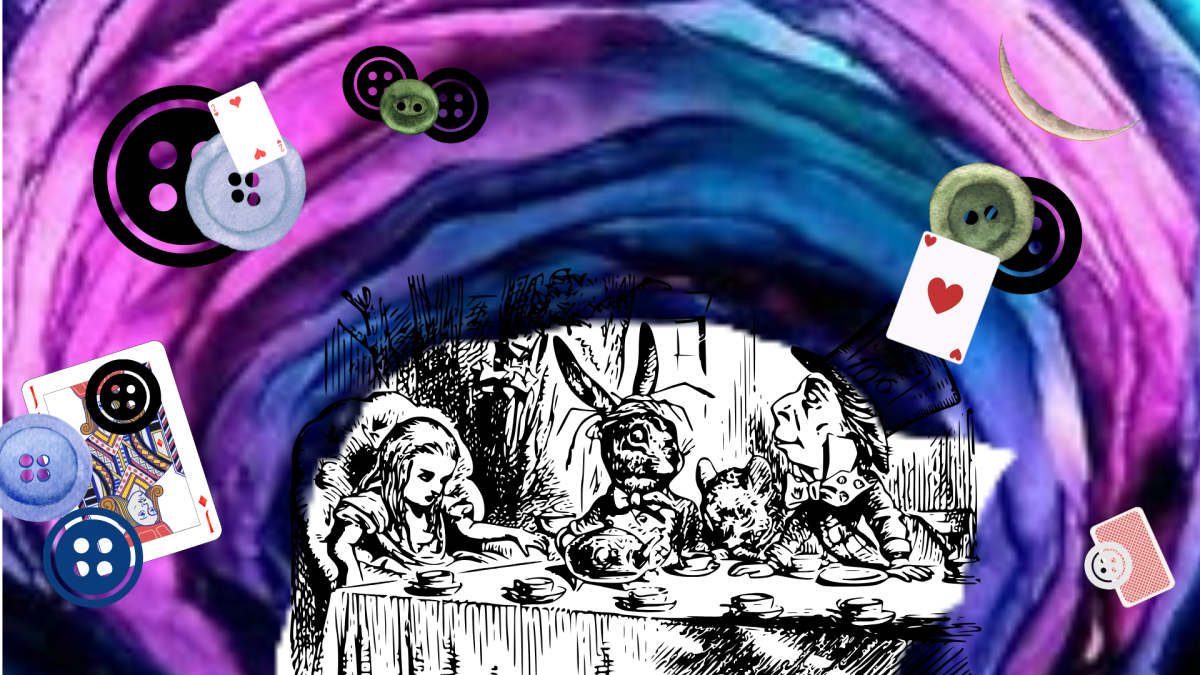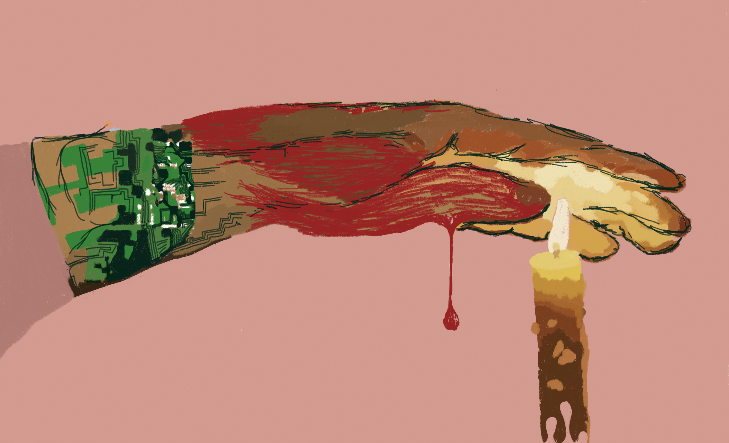Emmy-winning TV series “Severance” premiered the first episode of its second season this past weekend, and after a breathtaking season finale and three-year hiatus, it’s no surprise fans were eagerly awaiting the show’s return.
“Severance,” a dystopian caricature of the workplace, follows the lives of four “severed” Lumon Industries employees: Mark, Dylan, Helly and Irving. The severance procedure they’ve undergone surgically splits their consciousness and memory for the purpose of achieving work-life separation.
It leaves behind two distinct personas: an “innie”, who is perpetually working, and an “outie,” who enjoys a work-free life as a result. With no sun, no sleep and certainly no freedom, innies are trapped both within the severed office floor and the rigid theology of Kier Eagan, Lumon’s revered founder. “Severance” thus follows the employees’ striving for justice as they attempt to uncover Lumon’s shadow operations.
It’s obvious that “Severance” is a meticulously-crafted commentary on the modern workplace and its demands. Though marketed toward employee convenience, the procedure is ultimately a strategy for maximizing productivity, and the price for efficiency is not only half your consciousness but the corporate enslavement of your surprisingly autonomous second self. How ironic that invasive brain surgery is posed as the “convenient alternative” to an eight-hour workday, and how miserable that individuals in this universe actually concur.
To deliver this commentary, “Severance” uses cryptic religious symbolism that anchors Eagan as Lumon’s God and the innies as his dutiful disciples. The show is chock-full of Christian allusions, including Compliance Handbooks that mirror the exact layout of Bibles and characters who frequently quote Eaganas scripture. Eagan’s nine core principles are also eerily similar to the nine fruits of the Holy Spirit described in Galatians, and like the Christian God, Eagan, too, calls his followers “children.”
Religious symbolism appears in design choices within Lumon as well. Against the building’s minimalist interiors, wall paintings depicting Lumon folklore are striking and evocative. Visually reminiscent of 18th century Romanticism, these works are dynamic, depicting emotional themes like Eagan’s taming and medical ailments with contorted bodies, diagonal movement and dramatic lighting. It is no mistake that many Christian masterpieces employ the same artistic principles as a way to mythologize and historicize religious scenes.
The reason for this imagery is best said by Eagan himself: “No higher purpose may be found than this,” Eagan says in the show. Lumon’s unyielding religion of work offers a sense of loyalty and purpose to innies who belong nowhere but the very office they were awoken in. Surely Lumon’s workplace brutalism can be justified for achieving Eagan’s revolutionary vision.
Parallels can also be drawn between innies and Christian figures. Moments before she is first awoken, Helly is seen lying face down on a conference table, resembling “the Sacrificial Lamb” in Josefa de Ayala’s titular painting. Later, Helly’s outie is revealed as Helena Eagan, the heir of the Eagan throne who underwent Severance to promote the procedure to public audiences. While Helena is seen as a traitor — a Judas, if you will — Helly becomes the sacrifice, her identity compromised as she realizes her outie is the very antithesis of who she is.
More vividly, Dylan assumes the role of Jesus Christ in the show’s final moments. After the egg bar, akin to the last supper, Dylan sacrifices himself to stay behind to activate overtime contingency while the others escape Lumon perimeters. He is then seen straining to hold the activation mechanism with his arms outstretched like Christ on the cross.
Perhaps such extensive symbolism is merely an artistic choice, or perhaps it’s a subtle commentary on religion. Irving, who begins as a devoted follower of Eagan and goes on to declare, “Let’s burn this place to the ground,” represents the futility of faith. Just as the boot-licker will never become the capitalist, despite how hard we strive to appease God, we will never actually get any closer to him. And then there’s the procedure itself, which separates a being into a childlike, reborn entity and its former, wounded carcass.
If Severance is akin to salvation, whereby the pure is separated from the impure, then the result of two separate personas means that one cannot be saved without losing one’s identity. Maybe our sins are what makes us who we are, and by removing our impurities, we become someone else altogether.

